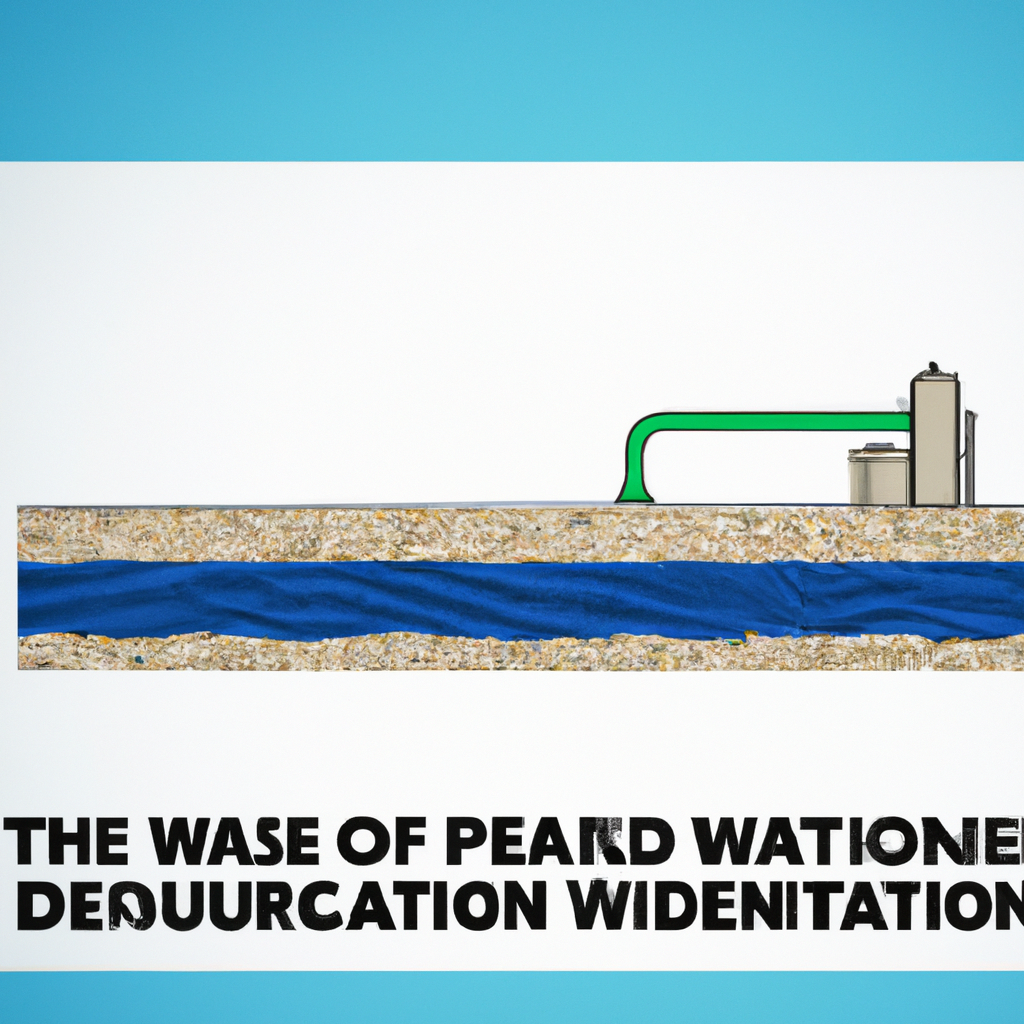Desalination Process: Understanding How Seawater Desalination Works
Water is an essential resource for all living organisms, and it is crucial for human survival. However, freshwater sources are limited, and the growing population demands more water. Seawater desalination is a process that converts seawater into freshwater, making it a reliable source of water for human consumption. In this article, we will explore the desalination process, different desalination methods, desalination technology, desalination efficiency, and desalination cost.
Desalination Process
Desalination is a process that removes salt and other minerals from seawater, making it fit for human consumption. The desalination process involves several steps, including pretreatment, membrane filtration, and post-treatment.
1. Pretreatment
Pretreatment is the first step in the desalination process. It involves removing large particles, debris, and other contaminants from seawater. The pretreatment process is necessary to protect the desalination system from damage and ensure that the water quality meets the required standards.
2. Membrane Filtration
The second step in the desalination process is membrane filtration. Membrane filtration involves using a semi-permeable membrane to filter out salt and other minerals from seawater. Reverse osmosis is the most common membrane filtration method used in desalination plants.
Reverse Osmosis Desalination
Reverse osmosis desalination is a process that involves using a semi-permeable membrane to filter out salt and other minerals from seawater. Reverse osmosis desalination is the most common desalination method used in desalination plants. The reverse osmosis process involves applying pressure to seawater to force it through a semi-permeable membrane. The membrane filters out salt and other minerals, leaving freshwater.
3. Post-Treatment
The final step in the desalination process is post-treatment. Post-treatment involves adding minerals and chemicals to the freshwater to make it fit for human consumption. The post-treatment process is necessary to ensure that the freshwater meets the required standards for drinking water.
Desalination Methods
There are several desalination methods used in the desalination industry. The most common desalination methods are reverse osmosis, thermal desalination, and electrodialysis.
1. Reverse Osmosis
Reverse osmosis is the most common desalination method used in desalination plants. The reverse osmosis process involves using a semi-permeable membrane to filter out salt and other minerals from seawater.
2. Thermal Desalination
Thermal desalination is a process that involves heating seawater to produce freshwater. The thermal desalination process involves evaporating seawater and condensing the steam to produce freshwater.
3. Electrodialysis
Electrodialysis is a process that involves using an electric current to remove salt and other minerals from seawater. The electrodialysis process involves passing seawater through a series of membranes and applying an electric current to remove salt and other minerals.
Desalination Technology
Desalination technology has advanced significantly over the years, making seawater desalination more efficient and cost-effective. The most common desalination technology used in desalination plants is reverse osmosis.
Reverse osmosis technology involves using a semi-permeable membrane to filter out salt and other minerals from seawater. The reverse osmosis membranes used in desalination plants are made of thin sheets of polyamide that are layered to form a dense network of pores. The reverse osmosis technology used in desalination plants is highly efficient, and it can remove up to 99% of salt and other minerals from seawater.
Desalination Efficiency
Desalination efficiency is a measure of how well a desalination system can convert seawater to freshwater. The most efficient desalination method is reverse osmosis, which can remove up to 99% of salt and other minerals from seawater.
Desalination Cost
Desalination cost is a significant factor in the desalination industry. The cost of desalination depends on several factors, including the desalination method used, the size of the desalination plant, and the location of the plant. The cost of seawater desalination has decreased significantly over the years, making it a more cost-effective option for providing freshwater in areas with limited freshwater resources.
Conclusion
Seawater desalination is a process that converts seawater into freshwater, making it a reliable source of water for human consumption. The desalination process involves several steps, including pretreatment, membrane filtration, and post-treatment. The most common desalination method used in desalination plants is reverse osmosis, which is highly efficient and can remove up to 99% of salt and other minerals from seawater. Desalination technology has advanced significantly over the years, making seawater desalination more efficient and cost-effective. Despite the high desalination cost, seawater desalination has become a viable option for providing freshwater in areas with limited freshwater resources.







